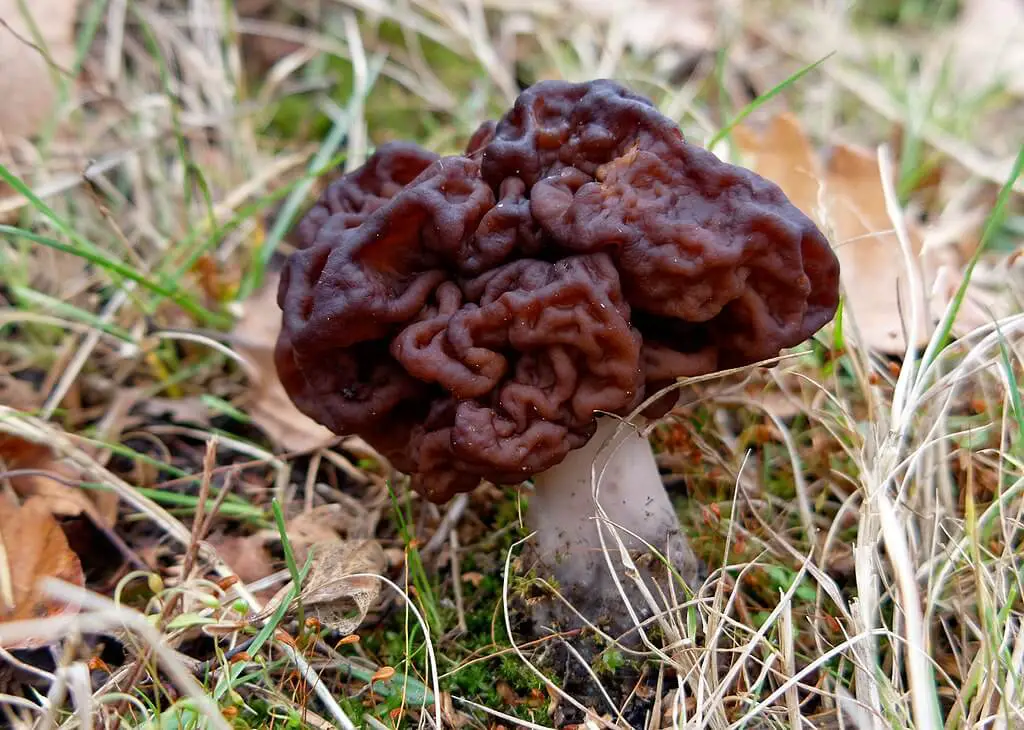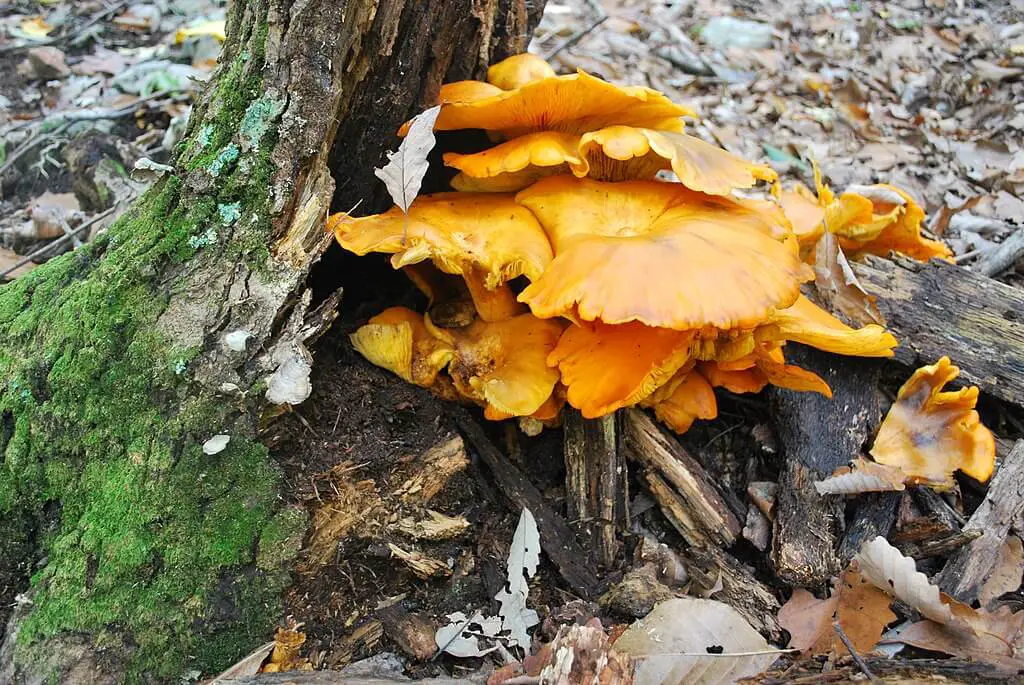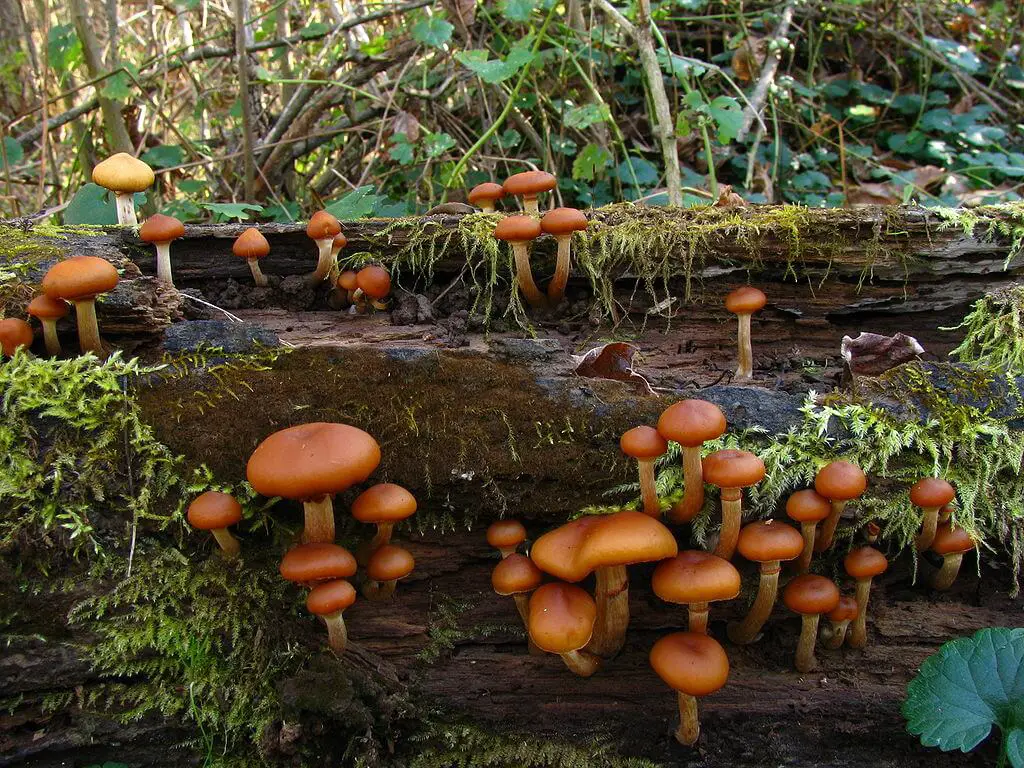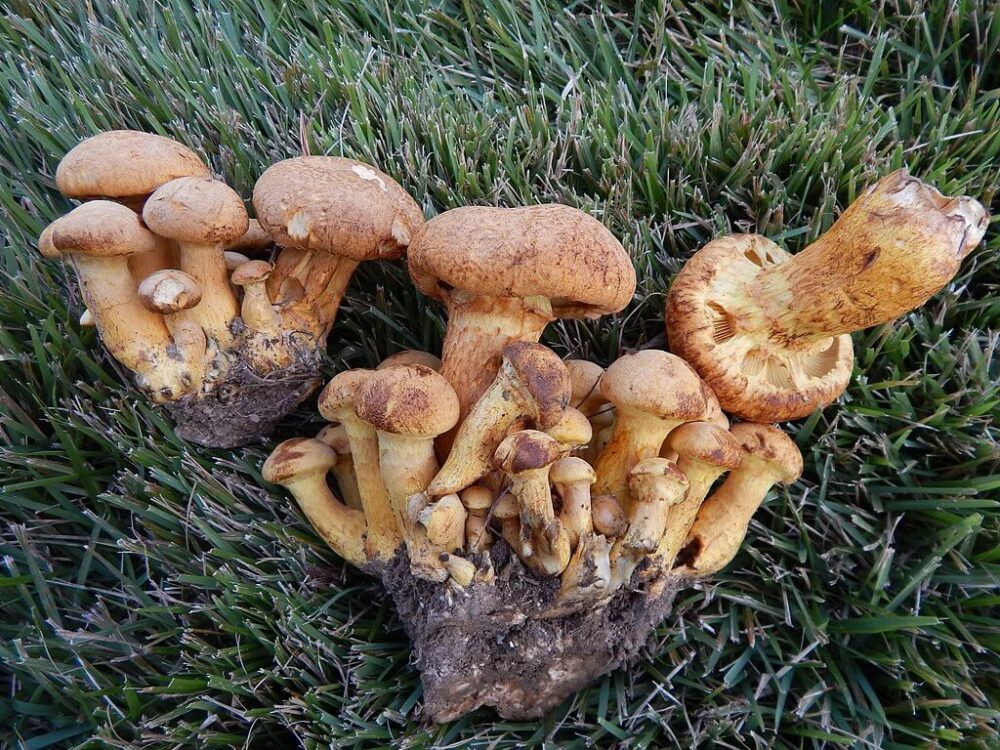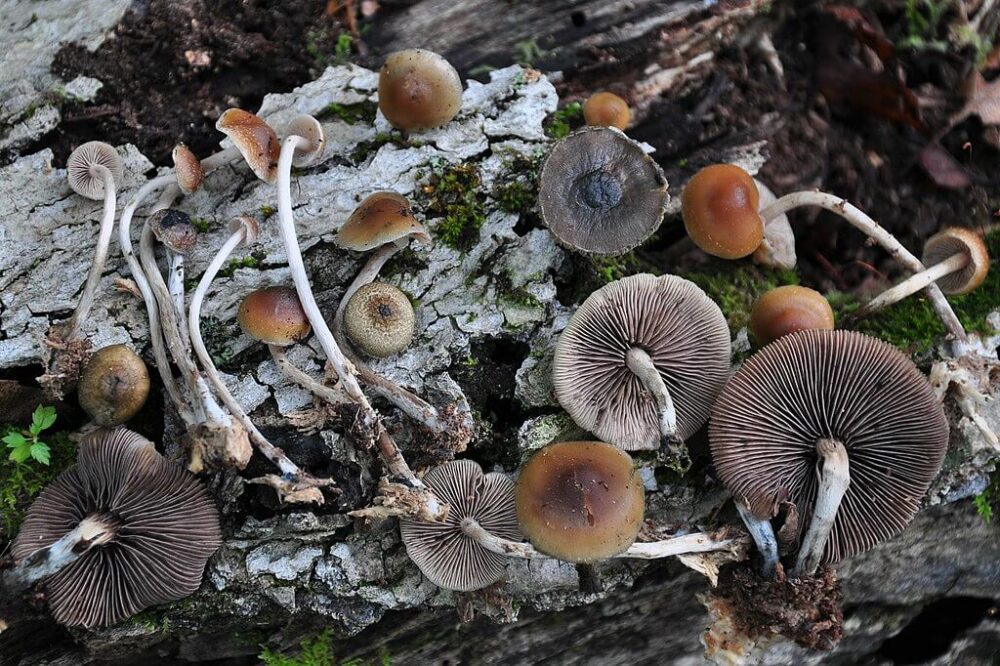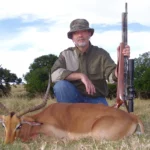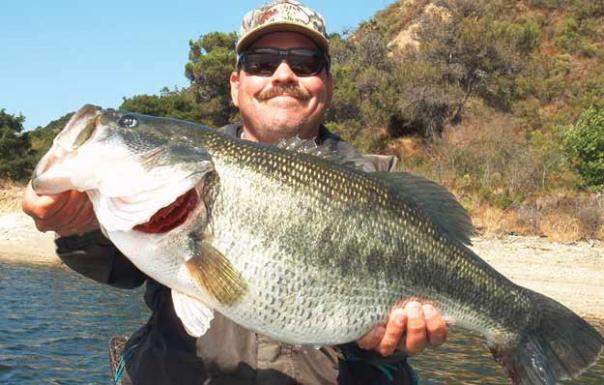
I’m always amused when an angler comments, “You caught that bass on a nightcrawler?” The guy probably has used imitations for years but doubts the appeal of the real thing. More cartons of worms than any other livebait likely are sold to novices and occasional anglers. So I often wonder where along the line experienced anglers forgot how great catching bass with nightcrawlers can be.
Virtually all fish species relish live worms. That’s reasonable since worms are high in protein; easy to swallow; lack sharp spines, bones, or claws; and are easily caught. Today, nightcrawlers are the most overlooked bait by serious anglers and trophy-bass hunters.
Fishing Crawlers
Rigging: When I’m fishing for big bass, I generally hook nightcrawlers once right through the head end. They also can be hooked through the tip of the tail, allowing a natural crawling motion. You can watch your line inch away along the bottom when crawlers are rigged this way. The only drawback to tail hooking is that the worm tends to break off on the cast, sometimes even breaking off as they try to escape.
Crawlers are best fished slowly with a short stitching motion, retrieving 3 to 12 inches per stitch, or using short slow drags with pauses of several seconds in between. A cast of about 30 feet may take several minutes to retrieve, so it’s far from a search technique. If you’re fishing an area known to hold fish, let the worm make any and all movements on its own.
Recently, I’ve “discovered” an unusual rigging tactic for tricking giant bass. Actually, the technique I now call the Wad-O-Crawlers was described by a noted big-bass expert in Bart Crabb’s book, Quest for the World Record Bass. I was amazed to read that this angler used up to a dozen crawlers at a time. Sounded unnatural and basically ridiculous. I told a fishing buddy about it and we had a good laugh.
Two years ago, however, I spotted the shadow of what looked like a big catfish, and I flipped out the live crawfish I had rigged. No reaction. I hooked up four or five sickly crawlers and cast to the fish. The line jumped and I landed a 4 1/2-pound bass.
I still didn’t embrace the Wad-O-Crawlers technique until just over a year ago when I rigged with a gob to target big channel cats at San Pablo Dam. Casting to an 18-foot drop, I was soon bitten and battling a big one, but the battle didn’t quite feel like a big kitty—short hard runs, quick turns, slugs. When it ran for the surface and leapt clear, the deal was sealed—a giant largemouth of 13 pounds.
Today I often hook three or four large crawlers into a wad. I use a fluorocarbon leader and braided line, since the leader keeps the lively worms from tying the supple braid in knots. Since this is a bulky bait, don’t pack the worms into the gap of the hook. Instead, skewer each worm once through the head end, leaving the rest to squirm. Fresh worms sometimes tie themselves in knots. Untangle them for best action and a surer hookset.
In the California reservoirs I fish, I generally fish crawler wads with no weight, or sometimes a small split shot to hold the leader on the bottom. If you must add more weight for fishing deep water, in wind or current or when drifting, use a light Carolina rig. I use a 1/8- to 1/4-ounce slipsinker with a small shot a foot or so above the hook to keep the weight from sliding down to the bait.
I prefer Gamakatsu Octopus hooks for crawler fishing, matching hook size to my gear. I usually use #6 or #4 on my microlight gear, upsizing to a #2 or #1 on medium-power spinning tackle.
Continued – click on page link below.
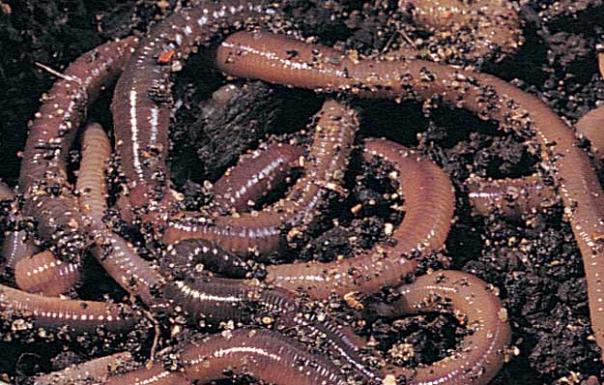
Location: Crawlers can be fished anywhere, but they tend to draw more attention and snag less often on bottoms with sparse cover. Crawlers aren’t a good search bait because they’re fragile and also not nearly as effective when fished fast. They’re best in areas that you already know hold good numbers of bass, or a giant. They’re effective at the mouth of feeder creeks, especially after a rain, when fish move into the area, expecting a fresh food supply.
Timing: In California reservoirs, a squirming worm will produce bass every month of the year. They work best in spring, however, when big bass are actively feeding in shallow water. Crawlers also shine during the Postspawn Period when bass linger in the shallows but become reluctant to bite typical reaction baits. In our lakes, we typically observe giant submarines lazily cruising shallow flats but refusing to strike lures.
Whenever bites are extremely hard to come by, break out the crawlers. I’ve often sighted bass that wouldn’t touch a live crawdad or various artificials, but could be coaxed into picking up a live worm.
Crawler Tackle
Crawlers can be fished on tackle as heavy as a medium-heavy spinning rod with 10- or 12-pound mono, but micro-light gear in the 1- to 6-pound class is ideal for presenting these light baits naturally. When targeting trophy-size bass (over 10 pounds) near hazardous cover, I use 30-pound-test braided line on medium-power spinning tackle. But in most situations, microlight is best.
In crawler fishing, it’s critical to cast 25 to 40 feet with little or no weight. My favorite combo is a 6-foot G-Loomis SR720 rated for 1- to 4-pound line. I match that with an Abu Garcia Cardinal 300 reel that weighs 6.3 ounces or a similar-size Pinnacle model. A velvet-smooth drag is essential. I favor Tuff-Line Plus micro-braid rated at 12-pound test but with the diameter of 2-pound mono. Of course, if that spider web-like braid hits a sharp rock, it’s back to 2-pound test.
Braid casts like a dream and matches my rod and reel perfectly. I use a Seaguar fluorocarbon leader 3 to 4 feet long of 8- or 10-pound test, attached to my main line with a blood knot. The leader not only increases abrasion resistance near the bait, but also decreases visibility and keeps the crawler in line. With my heavier combos, I use a 15- or 20-pound-test fluorocarbon leader on 30-pound braid.
When anglers ask if that rig is tough enough to deal with a 10- to 15-pound bass, I tell them of the day on Clear Lake when a buddy and I landed 935 pounds of channel cats, 70 pounds of brown bullheads and white cats, plus around 500 pounds of carp on microlight rigs.
Crawler Care
Worms should be kept fresh and lively—they need to be cool during storage and while fishing. At home, the crisper in your fridge works great. North Country anglers might get away with a cool basement or garage, but beware of hot spells. For transportation and while fishing, a cooler or special crawler carrier works fine.
Similarly, hooked crawlers stay lively much longer in cool water. If a crawler becomes limp, replace it with a fresh one. If it’s still alive, place it in a separate container. After several days in good worm bedding, worms usually are good to go for another round of fishing.
Many anglers won’t break down and use livebait, particularly worms, which they perceive as not being the coolest way to catch fish. Crawlers are for novices, right? The more people who believe that, the better the odds will be for those who know better. I’ve always felt that catching the biggest fish in my waters, using whatever methods are legal and sporting, is the coolest and most logical choice.
*Fish Chris Wolfgram, Suisun City, California, is a dedicated chaser of all big fish, particularly California’s giant largemouths. Check his trophy bass Web site, www.trophybassonly.com.








![Air gun 101: The differences between .177 & .22 – Which jobs they do best ? [Infographic]](https://airgunmaniac.b-cdn.net/wp-content/uploads/2024/11/1773-218x150.jpeg)
















































